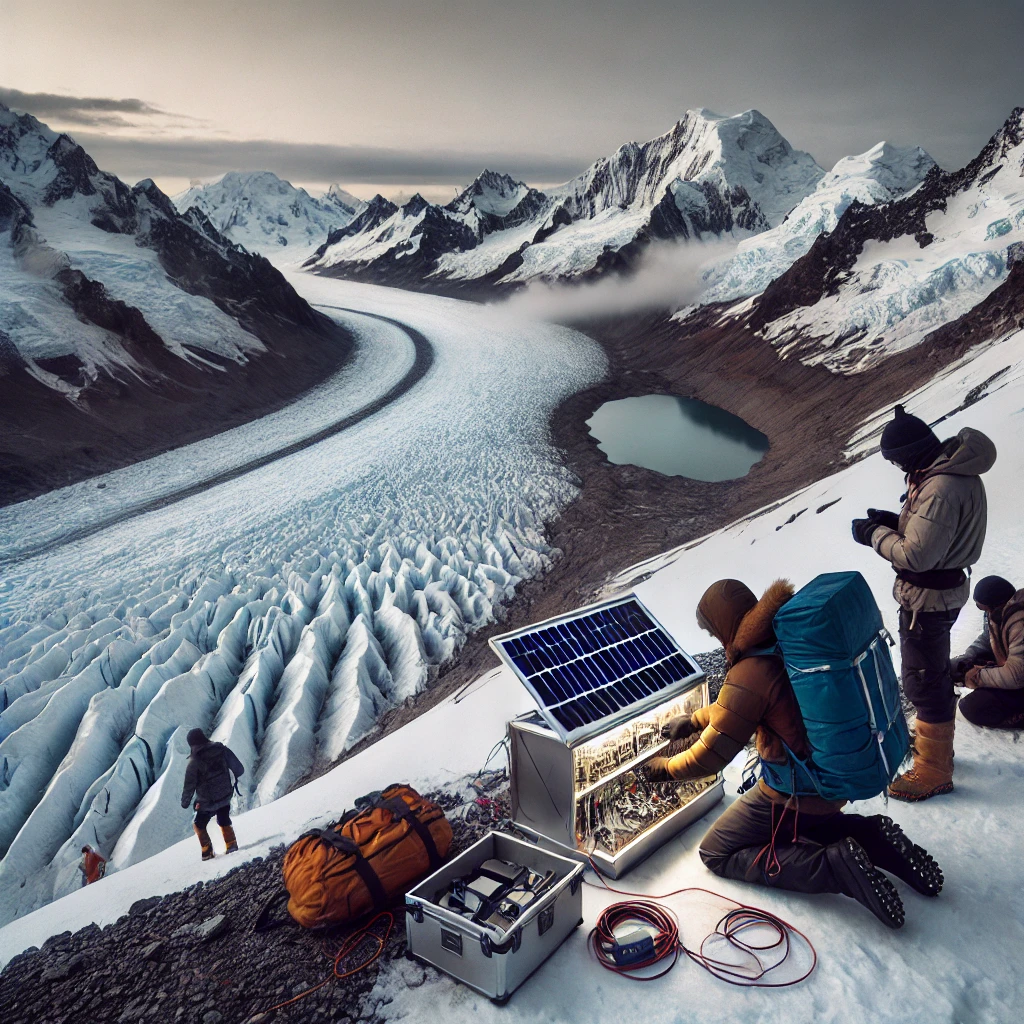Nepal Secures $50M to Prevent Glacier Floods Threatening 2.3M Lives
“This project aims to enhance resilience in the most vulnerable Himalayan territory by protecting lives, livelihoods, and critical infrastructure in the region,” said Kamal Ram Joshi, Director General of DHM.

- Country:
- Nepal
Nepal has taken a major step toward climate resilience with the approval of a $36.1 million grant from the Green Climate Fund (GCF) to address the escalating threat of glacial lake outburst floods (GLOFs) in the Himalayas. The initiative, co-financed by an additional $14 million from the Government of Nepal and partners, brings the total investment to nearly $50 million and marks a paradigm shift from reactive disaster relief to proactive climate adaptation.
The project, spearheaded by Nepal’s Department of Hydrology and Meteorology (DHM) in partnership with the United Nations Development Programme (UNDP), is one of the most ambitious efforts yet to protect mountain communities and critical infrastructure from the devastating impact of GLOFs. Over the course of seven years, the initiative will directly benefit approximately 2.3 million people living in vulnerable zones of the Koshi and Gandaki river basins.
“This project aims to enhance resilience in the most vulnerable Himalayan territory by protecting lives, livelihoods, and critical infrastructure in the region,” said Kamal Ram Joshi, Director General of DHM.
Himalayan Glaciers Retreating at Alarming Rates
The Himalayas are warming faster than the global average, and glaciers in the Hindu Kush Himalaya are melting at record speeds. With over 2,000 glacial lakes in Nepal, 21 of them classified as potentially dangerous, the country faces an urgent need to scale up preventive measures.
The meltwater from retreating glaciers feeds into these lakes, creating a growing risk of sudden breaches that can unleash destructive flash floods. These glacial lake outburst floods can wipe out entire villages, devastate farmland, and damage infrastructure, including roads, bridges, and hydropower facilities.
“2025 becomes a milestone year for the world’s glaciers. The rapid retreat of Himalayan ice leaves no room for delay,” said Henry Gonzalez, Chief Investment Officer of the GCF. “This project enhances early warning systems and nature-based solutions to mitigate glacier risks and sets a model for global mountain adaptation.”
Project Highlights: Engineering Meets Ecosystem Solutions
The initiative combines engineering interventions, early warning systems, and ecosystem-based solutions to build climate resilience. Key components include:
-
Lowering water levels in four high-risk glacial lakes:
-
Thulagi
-
Lower Barun
-
Lumding Tsho
-
Hongu 2
-
-
Upgrading hazard monitoring and early warning systems, enabling faster response and broader coverage for communities at risk.
-
Riverbank protection and reforestation:
-
Over 150 hectares of flood-prone areas will be planted with native trees.
-
Infrastructure such as check dams and vegetative gabion walls will be installed to reduce erosion and buffer flood impacts.
-
-
Capacity building for local authorities, first responders, and communities, including the development of community-based adaptation plans and emergency preparedness strategies.
Collaboration Across Sectors
This climate resilience program is deeply collaborative, engaging a wide array of stakeholders. Beyond UNDP and DHM, the project partners with:
-
Hydropower companies to co-finance hydro-meteorological stations and implement early warning systems.
-
Tourism sector partners, who are invested in preserving mountain infrastructure and natural heritage.
-
Local governments and private actors, working together on community-based adaptation efforts and sustainable financing models.
“This initiative represents a long-term investment to protect lives and strengthen resilience where it matters most. It is climate action that is both grounded and game changing,” said Kyoko Yokosuka, UNDP Resident Representative in Nepal.
Aligning with Nepal’s National Climate Vision
The project is closely aligned with Nepal’s strategic climate frameworks, including its National Adaptation Plan (2021–2050) and Nationally Determined Contributions (NDC 3.0). It not only advances adaptation goals but also lays the groundwork for attracting future public and private investment in climate risk reduction.
The effort underscores the importance of nature-based solutions, such as afforestation and watershed management, while also incorporating advanced technological systems like satellite-based monitoring, data analytics, and mobile alert networks for remote communities.
A Global Model for Mountain Climate Adaptation
As one of the most ambitious and comprehensive GLOF-prevention projects in the world, Nepal’s initiative offers a replicable model for other high-mountain nations facing similar threats. It highlights how international cooperation and blended financing can support locally led, scalable climate adaptation.
“This is not just about Nepal,” said a UN official. “It’s about setting a global example of how climate adaptation can be done right — by combining scientific insight, local engagement, and strategic investment.”
As the world approaches a critical juncture in glacier loss, Nepal’s bold action may help redefine resilience in the world’s most fragile environments.
- READ MORE ON:
- Nepal
- Green Climate Fund
- glacial lake outburst flood
- GLOF
- Himalayan glaciers
- UNDP
- climate resilience
- climate adaptation
- National Adaptation Plan
- early warning systems
- Koshi river basin
- Gandaki river basin
- disaster prevention
- mountain communities
- reforestation
- hydropower
- eco-engineering
- climate change










